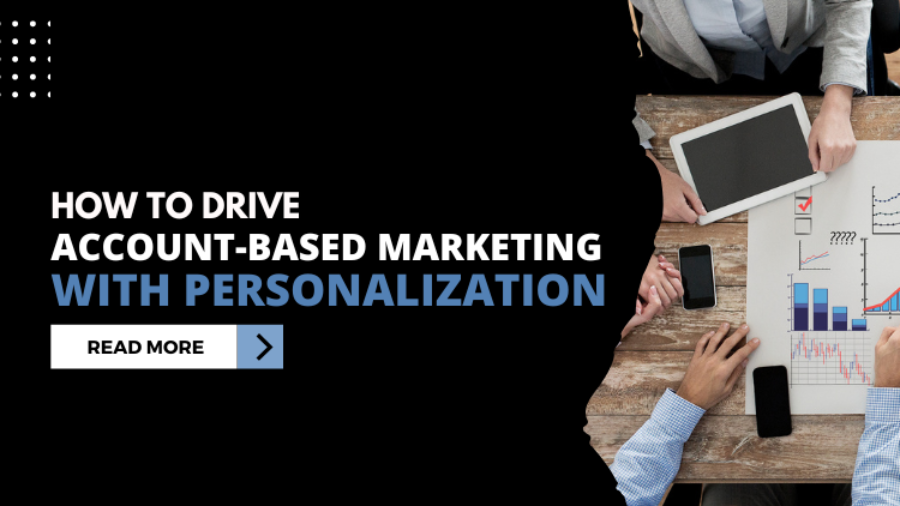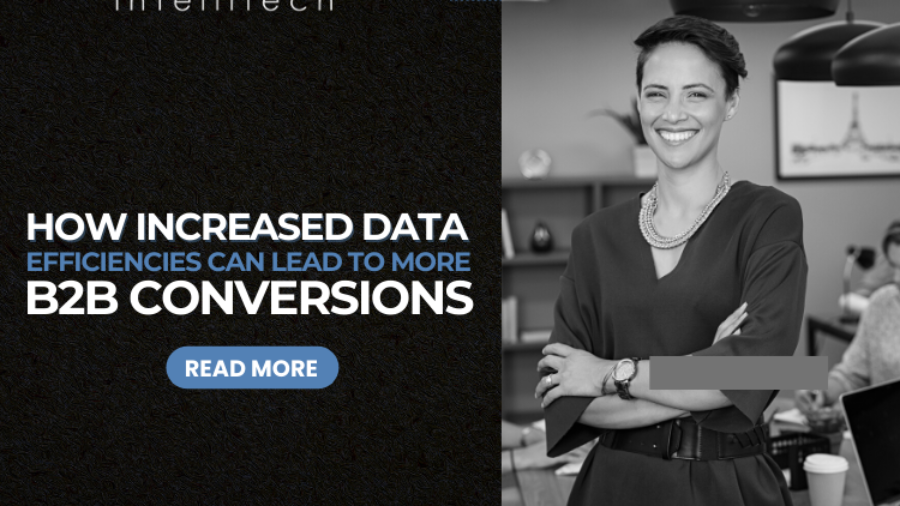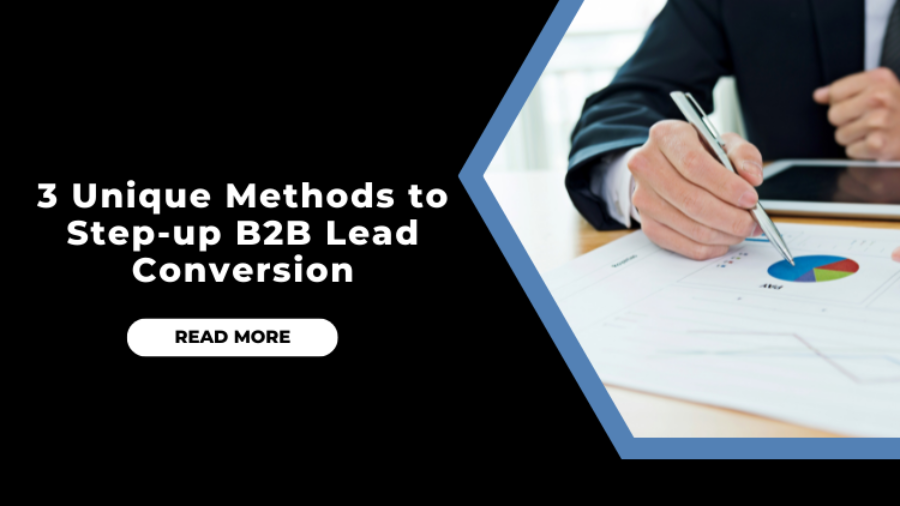High impact B2B sales and marketing activities can be demanding and can get very expensive. Since B2B today focuses a lot on personalization, marketers need to find the best possible method to enhance personalization and also make B2B cost-effective. ABM (Account Based Marketing) can be a great option if you want conversions and higher ROI. ABM can drive personalization and can be quite cost-effective bringing the desired results.
The very reason why B2B marketers should use this technique is because ABM leads you to focus exclusively on high-value accounts, and high return accounts that can bring a lot of B2B success. With account-based marketing, you can scale personalization and create opportunities for converting more leads.
According to a survey conducted by Gartner, the best way to engage buyers is to personalize communication. Relevance matters a lot in B2B and account-based marketing can help marketers address business challenges of the customers and build long term relationships. This is possible because of the high level of focus that ABM facilitates and marketers can therefore make the best out of this exclusivity.
Here are some benefits of ABM at a glance-
- ABM is result-oriented
- It allows marketers to scale personalization
- Helps build long term business relationships
- Creates highest possibilities of ROI
Account-based marketing is a high-priority marketing technique. One can leverage ABM by taking the following steps-
Identify high priority accounts
The first rule of ABM is that sales and marketing should work in collaboration for best results. Marketing team should work closely with sales team. The next thing is to identify ideal customer profiles, based on high-value data. Data plays an extremely crucial role in ABM as it does in other sales and marketing activities.
Identify needs of the target accounts
Data plays a vital role in ABM because marketers need to collect insights about the needs of the target accounts. Without data it can get very challenging to know what the customer wants. As an ABM expert you must be able to understand each account and tis challenges well. You must be aware of a lot of insights about the buyer’s journey, the budgets, decision-makers in the account or organization, stake-holders, roles and responsibilities and more.
Create personalized content
B2B thrives on personalization! Messaging plays a key role in ABM and other main-stream sales and marketing activities. Email marketing can enhance personalization in ABM. Create relevant messaging that can help the customer to identify the solution. With relevant and personalized content and messaging, the customer is most likely to buy from you. This helps in high-value accounts as ABM is about focus and exclusivity.
Conclusion-
ABM is a cost-effective and result-oriented marketing technique. With ABM you can reach the target audience at a relevant time to convert more leads quickly. Leverage personalization to cater to high-value ABM accounts and increase your revenue successfully.






